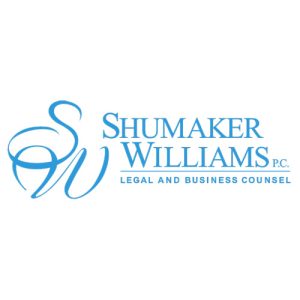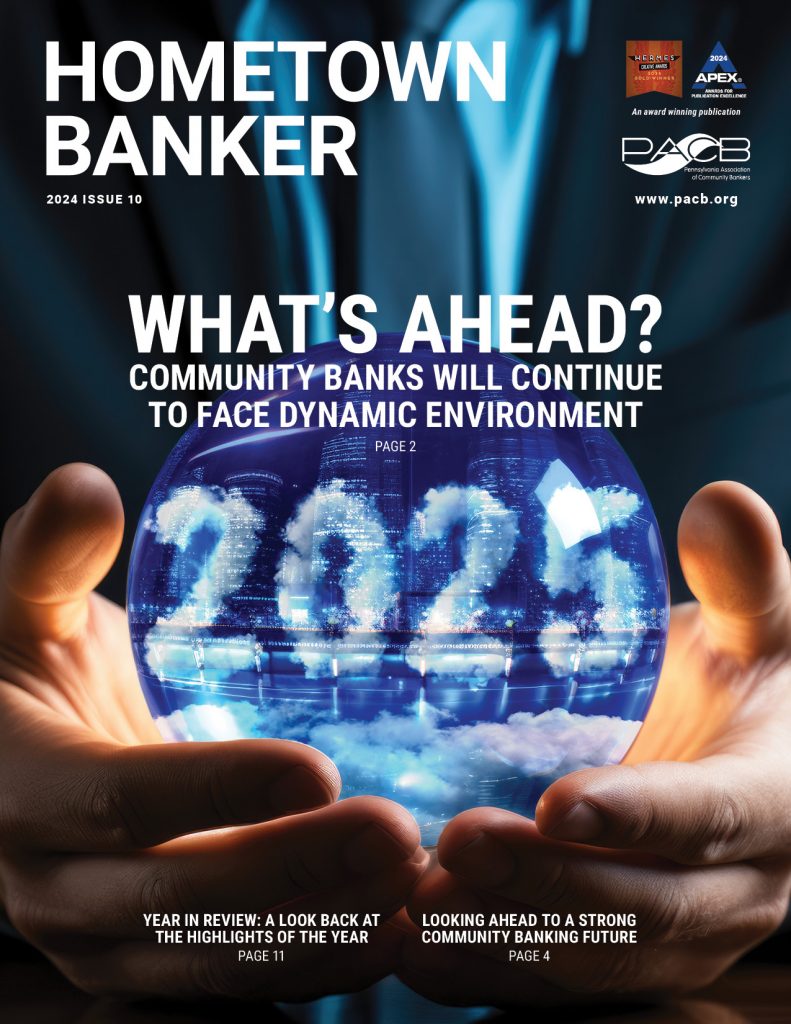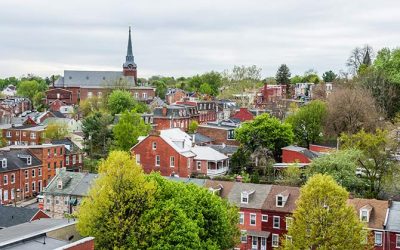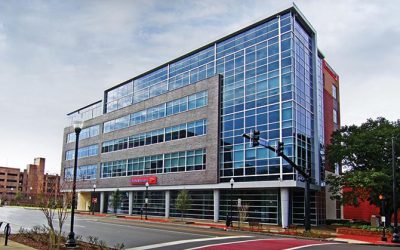By J. Steven Lovejoy, Esq.
Tapping home equity to pay off high-rate obligations such as credit card debt is still a sound idea.
In the past few weeks mortgage rates have moderated from this year’s high of over 7%. The 30-year fixed rate has come down closer to 6.5%. The 2022 steep increase, fueled by the Board of Governors of the Federal Reserve raising short-term borrowing rates, has, among other things, resulted in the mortgage refinance business almost completely disappearing in the mortgage market. While those of us who can recall the double-digit (nearly 20%) mortgage interest rates in the early 1980s don’t think 6.5% is very high at all, today’s consumers, and even prospective home buyers, accustomed to rates closer to 3% are experiencing sticker shock and backing away from new loan transactions. There are, however, some real opportunities hidden in the increased rate climate for mortgage companies, and particularly community banks.
Tapping home equity to pay off high-rate obligations such as credit card debt is still a sound idea. But most homeowners do not want to refinance their 3.4% first mortgage. Enter the home equity second mortgage or line of credit (HELOC). Apparently, these products are becoming more popular than refinances as vehicles for tapping into one’s home equity and solving financial issues. Clearly, a 7% or even 10% HELOC beats an 18% or 24% credit card rate. Community banks are adept at HELOCs and closed end seconds in a way that the non-deposit mortgage industry is not. Accordingly, there is an opportunity in that product if consumers are made aware of its advantages and availability.
Another opportunity exists with homeowners who have an existing variable rate HELOC in addition to their low-rate first mortgage. The increased rates have resulted in significant increases in the monthly minimum payment on those HELOCs. Particularly if the homeowner’s first mortgage has been significantly paid down, it may make sense to refinance the HELOC and the first mortgage, even at 6.5%, to lower the overall monthly payment outlay. While the advantages will not always be there, it’s likely worth contacting customers to do some calculations. “What if we…?”
While the inflation rate appears to be slightly abating, it is, in my humble view, unlikely that we will see mortgage rates of 3% or lower anytime soon. The public will acclimate to the new higher rates, which truthfully are at a more sustainable level than the 2.5%-3.5% to which we had grown accustomed. One effect of the higher rates has been to slow or stop the rate of increase in housing values. This will likely eventually result in a more robust real estate market than we are currently experiencing. Be ready.
And don’t forget reverse (home equity conversion) mortgages. For homeowners over 62, this product, if employed properly and with the homeowner’s full understanding of its terms, can be a valuable tool. It eliminates minimum P & I payments, so the applicable rate is less impactful on the borrower’s monthly budget. It’s not for everyone, but it’s an option that should not be overlooked.
Shumaker Williams, P.C. has provided documents and guidance to community banks and non-deposit mortgage companies on all of these loan products. Should you need assistance, please contact me or Keith Clark at Shumaker Williams, P.C.






